 William Anderson Lynching Article
William Anderson Lynching Article
Time Period: Early Twentieth Century (1901 - 1940) - Starting with A
 William Anderson Lynching Article
William Anderson Lynching Article
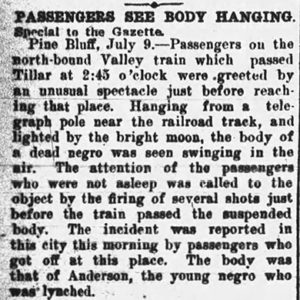 William Anderson Lynching Article
William Anderson Lynching Article
Angus McLeod House
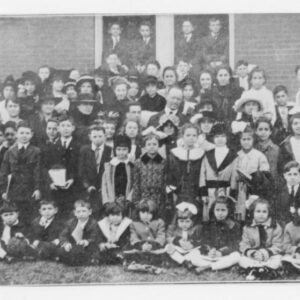 Anshe Emeth Sunday School
Anshe Emeth Sunday School
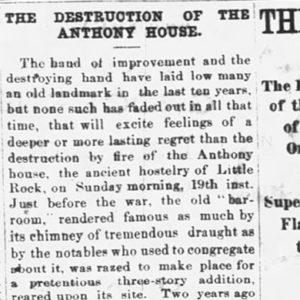 Anthony House Article
Anthony House Article
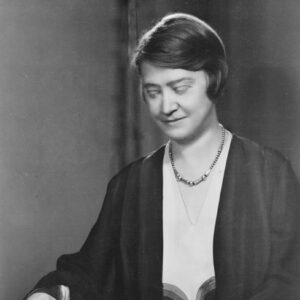 Katharine Anthony
Katharine Anthony
Anthony, Katharine Susan
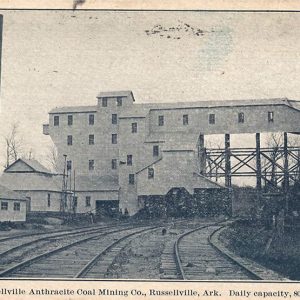 Anthracite Mining
Anthracite Mining
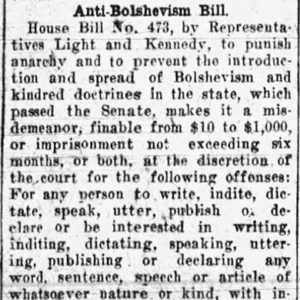 Anti-Bolshevism Act
Anti-Bolshevism Act
Anti-Catholicism
Anti-Horse Thief Association
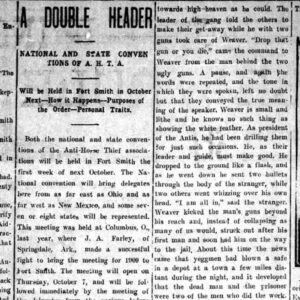 Anti-Horse Thief Association Story
Anti-Horse Thief Association Story
 Anti-Horse Thief Association Story
Anti-Horse Thief Association Story
Antimony Mining
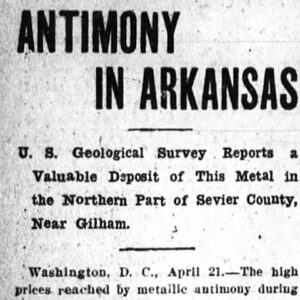 Antimony Mining Article
Antimony Mining Article
Antitrust Laws and Lawsuits (Progressive Era)
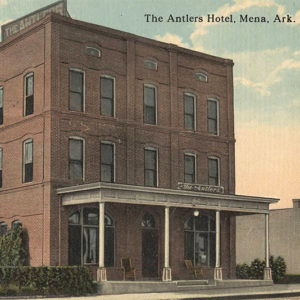 Antlers Hotel
Antlers Hotel
 AOUW Ad
AOUW Ad
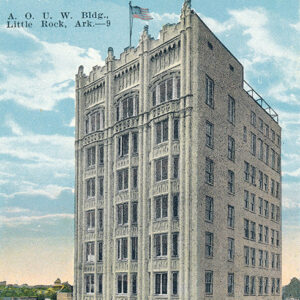 AOUW Building
AOUW Building
 Aplin School
Aplin School
 Apple Blossom Postcard
Apple Blossom Postcard
 Apple Display
Apple Display
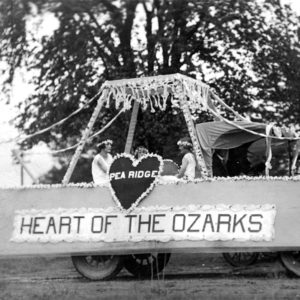 Apple Festival Float
Apple Festival Float
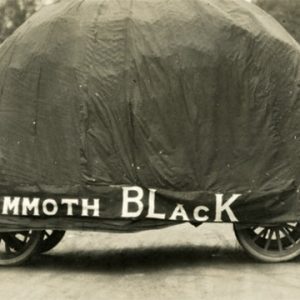 Apple Float
Apple Float
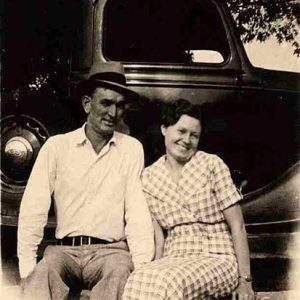 Bryan Apple and Lizzie Bryant Apple
Bryan Apple and Lizzie Bryant Apple
 Arbordale Swimmers
Arbordale Swimmers
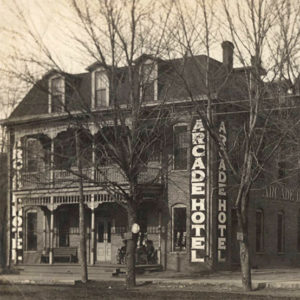 Arcade Hotel
Arcade Hotel
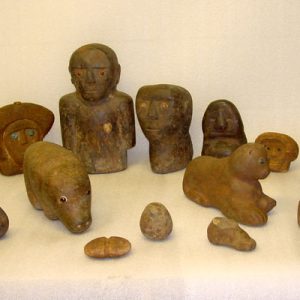 Archaeological Fakes
Archaeological Fakes
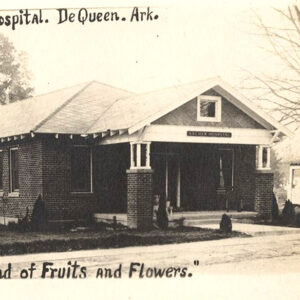 Archer Hospital
Archer Hospital
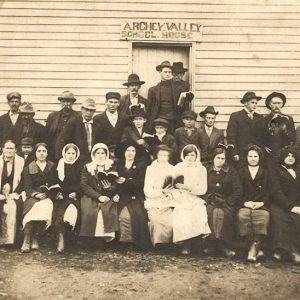 Archey Valley School
Archey Valley School
 Argenta Drug Store
Argenta Drug Store
Argenta Historic District
 Article about the Argenta Race Riot of 1906
Article about the Argenta Race Riot of 1906
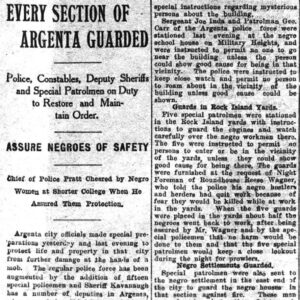 Argenta Race Riot Article
Argenta Race Riot Article
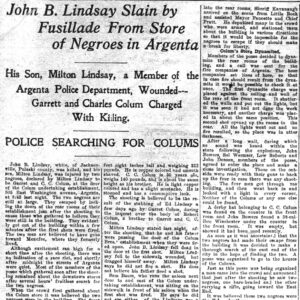 Argenta Race Riot Article (Part 1)
Argenta Race Riot Article (Part 1)
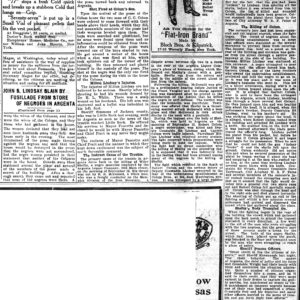 Argenta Race Riot Article (Part 2)
Argenta Race Riot Article (Part 2)
Argenta Race Riot of 1906
aka: Lynching of Homer G. Blackman
 Argenta Street Scene
Argenta Street Scene
Arkadelphia Baptist Academy
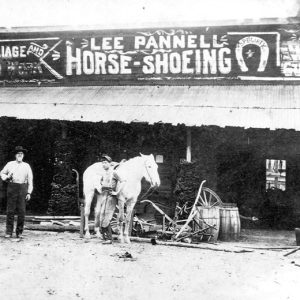 Arkadelphia Blacksmith Shop
Arkadelphia Blacksmith Shop
Arkadelphia Boy Scout Hut
Arkadelphia Confederate Monument
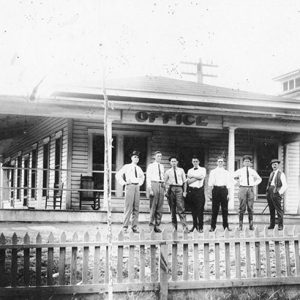 Arkadelphia Lumber Company
Arkadelphia Lumber Company
 Arkadelphia Methodist College
Arkadelphia Methodist College
Arkadelphia Presbyterian Academy
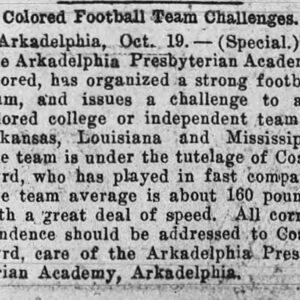 Arkadelphia Presbyterian Academy Football
Arkadelphia Presbyterian Academy Football
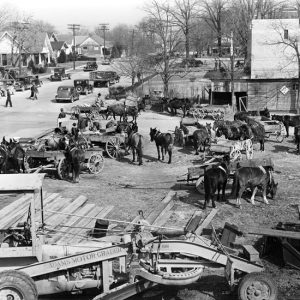 Arkadelphia Street Scene
Arkadelphia Street Scene
Arkansas “Scottsboro” Case
aka: Bubbles Clayton and James X. Caruthers (Trial and Execution of)
aka: James X. Caruthers and Bubbles Clayton (Trial and Execution of)
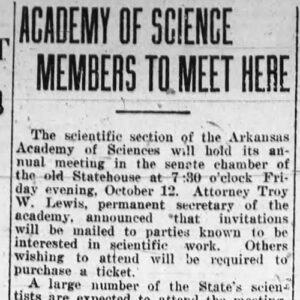 Arkansas Academy of Science Story
Arkansas Academy of Science Story




